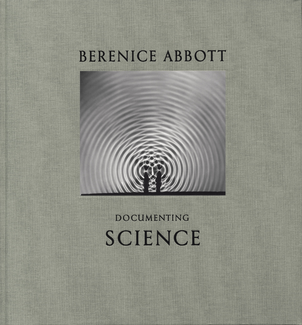

Of course my favorite photographer once worked for MIT.
I love photography for many reasons - it is a modern product of human ingenuity which is dazzlingly informative, stimulating, artistic, and, yes, useful. I love creating photographs, especially through wet darkroom techniques to print, because I enjoy combining creativity with the science of chemistry. So it almost seems inevitable that the photographer whose documentary photographs of the City of New York, whose scientific and creative abilities made those images so mesmerizing, dedicated herself equally to creating engaging, informative, scientific photographs to be used by educators.
The German art publishing house Steidl (steidl.de) produced a beautiful book of Berenice Abbott's scientific work called Documenting Science. The reproductions are stunning, and the concise essays describe a time in American history when the Cold War inspired a new interest in science, which Abbott realized would finally open a door for the scientific-educational establishment to hear her message. She was able to work with scientists and assistance on this brilliant project during a small period in time when education, and science education in particular, was considered patriotic public service.
Imagine!
I love that Abbott experimented with unconventional techniques, and created some of her own equipment to make these images. I knew she was an inventor already, but some of these concepts offered her new challenges.

The images cover a range of topics, from electricity and optics through technology and industry. I'm not the sort of person who comes out from viewing a collection of images and declares one to be my favorite, because I have many favorites in this book... but if there is one I'd want to point you to, it's "Wiring an Early IBM Computer" (shown right). Just so you know, your computer screen can't possible do this image justice, even at "full" screen resolution: large format photography exceeds the resolution of any digital camera image you may be familiar with, and so the actual prints are stunning - you can see things in the print that you wouldn't be able to see with the unaided eye, even if you had been in the room when the photo was taken. Large format provides so much detail... So don't resist a chance to see these images in real life. Especially the original prints, which are in the collections of many fine American institutions.
Steidl has my hopes up, with a plan to publish up to five books of Abbott's work. If the quality of this publication is any indication, Steidl is the publisher to do this right.
text Copyright © 2014 - 2019 A. E. Graves; images copyright of their respective owners
(posted November 29, 2014 refreshed January 2019)